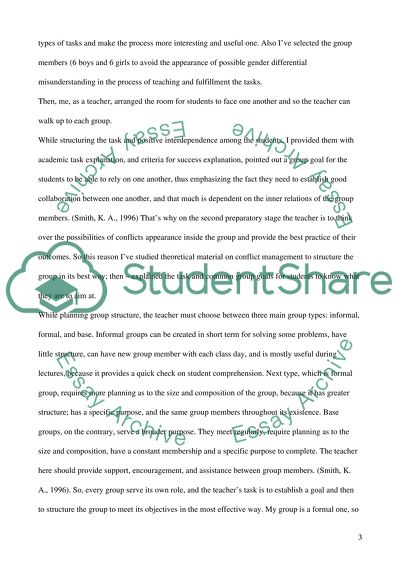Cite this document
(“Preparing to teach Essay Example | Topics and Well Written Essays - 750 words”, n.d.)
Retrieved from https://studentshare.org/education/1506461-preparing-to-teach
Retrieved from https://studentshare.org/education/1506461-preparing-to-teach
(Preparing to Teach Essay Example | Topics and Well Written Essays - 750 Words)
https://studentshare.org/education/1506461-preparing-to-teach.
https://studentshare.org/education/1506461-preparing-to-teach.
“Preparing to Teach Essay Example | Topics and Well Written Essays - 750 Words”, n.d. https://studentshare.org/education/1506461-preparing-to-teach.


